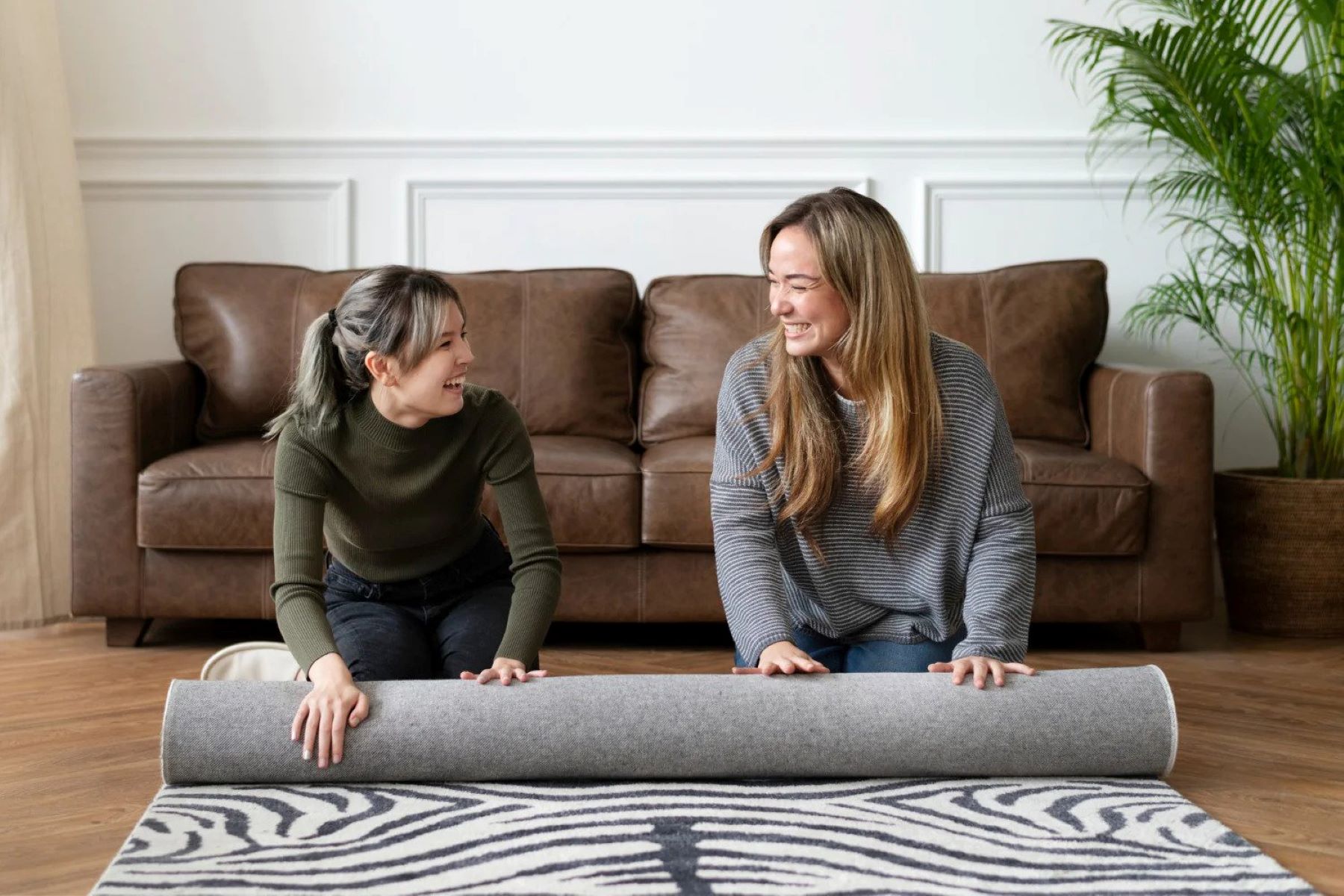

Articles
How To Get Bumps Out Of Area Rugs
Modified: December 7, 2023
Learn effective techniques and tips for removing bumps from your area rugs with our informative articles. Transform your space with smooth and beautiful rugs.
(Many of the links in this article redirect to a specific reviewed product. Your purchase of these products through affiliate links helps to generate commission for Storables.com, at no extra cost. Learn more)
Introduction
Area rugs are a popular choice for adding style and comfort to a room. They come in various shapes, sizes, and designs, offering versatility and enhancing the overall aesthetics of any space. However, one common issue that can plague area rugs is the presence of unsightly bumps or wrinkles. These bumps not only detract from the rug’s appearance but also pose a tripping hazard and affect the room’s overall functionality.
The good news is that you don’t have to settle for a bumpy rug. There are effective methods to get rid of those pesky bumps and restore your area rug to its smooth and flat condition. In this article, we will explore different techniques and strategies to help you eliminate bumps from your area rugs and bring them back to their original glory.
Before diving into the specific methods, it’s important to understand the causes of these bumps. There are a few common culprits behind rug wrinkles and bumps, including improper installation, heavy foot traffic, furniture weight, or the rug’s inherent nature. By identifying the root cause, you can choose the most suitable method to fix the issue and prevent its recurrence.
Preparing the rug for correction is an essential step in the process. Begin by thoroughly cleaning the rug, removing any dirt or debris that may have accumulated over time. This helps ensure a clean working surface and prevents further damage during the correction process. Additionally, make sure you have ample space to lay out the rug during the correction process, allowing for easy access and maneuverability.
Now that you’re ready to tackle those bumps, let’s explore a variety of methods to help you smooth out your area rug. Keep in mind that the most suitable method for your specific rug may depend on its size, material, and the severity of the bumps. It’s recommended to try different approaches to find the one that works best for your situation.
Method 1: Vacuuming and Brushing
This technique is ideal for minor bumps and wrinkles in your area rug. Start by vacuuming the rug in all directions, loosening the fibers and allowing them to settle naturally. Next, use a stiff brush or broom to gently brush the rug, working in the same direction as the nap or pile. This helps to loosen any trapped fibers and straighten out the rug’s surface. Repeat the process until the bumps have significantly diminished or disappeared entirely.
Key Takeaways:
- Say goodbye to unsightly bumps and wrinkles in your area rugs with simple methods like vacuuming and brushing, reverse rolling, and using rug grippers or pads. Keep your rugs smooth and flat for a visually appealing and safe home environment.
- Prevent rug bumps in the future by focusing on proper installation, mindful furniture placement, regular maintenance, appropriate care, and professional cleaning. Enjoy a beautifully smooth and flat area rug that adds warmth and style to your home.
Read more: How To Get Creases Out Of Area Rugs
Understanding the Causes of Bumps in Area Rugs
It can be frustrating to find bumps or wrinkles in your beautiful area rug, especially when you’ve spent time and effort decorating your space. Understanding the causes behind these bumps is the first step in effectively addressing the issue and preventing it from happening in the future.
Improper Installation: One of the most common causes of bumps in area rugs is improper installation. If the rug was not laid out and secured properly, it can lead to wrinkles and unevenness. This often happens when the rug is not stretched tightly or secured with adhesive tape or rug pads. Over time, the rug may shift or settle, resulting in noticeable bumps.
Heavy Foot Traffic: Another contributing factor to rug bumps is heavy foot traffic. Constant walking on the rug can cause the fibers to compress and create wrinkles or bumps. This is more likely to occur in high-traffic areas such as hallways, entryways, or living rooms. The weight and movement of people can gradually distort the rug’s shape and create unsightly bumps.
Furniture Weight: Placing heavy furniture on top of an area rug can also cause bumps to form. The weight of the furniture can compress the rug’s fibers and create indentations or wrinkles. Over time, these bumps may become more pronounced, particularly if the furniture remains in the same position for an extended period.
Nature of the Rug: In some cases, the rug’s inherent nature may contribute to the development of bumps. Certain types of rugs, such as those made from natural fibers like wool or jute, are more prone to wrinkling and buckling. This is because natural fibers have a higher tendency to expand and contract with changes in humidity and temperature. Additionally, rugs with a thick or heavy pile are more susceptible to developing bumps.
By understanding the underlying causes of bumps in area rugs, you can take preventive measures and choose the appropriate correction method to restore your rug’s smooth and flat appearance. In the next sections, we will explore various techniques to help you eliminate these bumps and enjoy a perfectly laid-out area rug in your home.
Preparing the Rug for Correction
Before diving into the correction process, it’s essential to properly prepare the area rug. Taking the time to prepare your rug will help ensure the effectiveness of the correction methods and minimize the risk of causing any further damage.
Clean the Rug: Start by thoroughly cleaning the rug. Use a vacuum cleaner or a brush attachment to remove any loose dirt, debris, or pet hair that may have accumulated on the rug’s surface. This step is important as it provides a clean working surface and allows for better traction during the correction process.
Clear the Area: Make sure to clear the area where you’ll be working on the rug. Remove any furniture, decorative objects, or other items that may obstruct the process. Having a clear and spacious working area will enable you to lay out the rug easily and have unrestricted access to all parts.
Secure the Rug: Depending on the method you choose for correcting the bumps, it may be necessary to secure the rug in place. Some methods require the rug to be stretched or pinned down to prevent it from shifting or wrinkling during the correction process. Consider using heavy objects, rug grippers, or adhesive rug tape to keep the rug securely in position if needed.
Allow the Rug to Acclimate: If your area rug has been stored in a different environment, such as a warehouse or rolled up in packaging, it’s important to allow it to acclimate to the room’s temperature and humidity. Unroll the rug and leave it flat on the floor for at least 24 hours before attempting to correct the bumps. This allows the fibers to relax and adjust to the room’s conditions, making the correction process more effective.
By following these preparation steps, you can ensure that your area rug is ready for the correction methods ahead. Taking the time to prepare the rug will improve the overall outcome and increase the success rate of smoothing out bumps and wrinkles. With a clean and properly prepared rug, you’re now ready to explore the various correction methods available.
Method 1: Vacuuming and Brushing
If you notice minor bumps or wrinkles in your area rug, one of the simplest and most effective methods to correct them is through vacuuming and brushing. This technique helps to loosen the fibers and encourage them to settle, ultimately smoothing out the rug’s surface.
The first step in this method is to thoroughly vacuum the rug in all directions. Start by running the vacuum cleaner over the rug horizontally, making sure to cover the entire surface. Then, repeat the process vertically, going from top to bottom. Vacuuming in different directions helps to loosen any trapped fibers and promote an even distribution of weight across the rug.
Once you’ve completed the vacuuming process, it’s time to use a stiff brush or broom to further enhance the smoothing effect. Brush the rug gently, working in the same direction as the nap or pile—this means brushing towards the direction that the fibers naturally lie. Be cautious not to apply excessive force that may damage the rug fibers or cause them to fray.
As you brush, you’ll notice the fibers starting to untangle and settle, helping to smooth out any bumps or wrinkles. The combination of vacuuming and brushing restores the rug’s structure by redistributing the fibers and relaxing their tension.
You may find that repeating the vacuuming and brushing process a couple of times improves the results. Continuously assess the rug’s surface and pay particular attention to areas with noticeable bumps or wrinkles as you work through the correction process.
Method 1 is ideal for minor bumps and wrinkles and is often a sufficient solution for regular maintenance and upkeep of your area rug. However, if the bumps persist or your rug has more significant issues, you may need to explore other correction methods, which we will discuss in the subsequent sections.
Remember to always follow the manufacturer’s guidelines and recommendations for your specific rug type to prevent any potential damage during the vacuuming and brushing process. By utilizing this simple yet effective technique, you can enjoy a smoother and more visually appealing area rug in no time.
Method 2: Reverse Rolling the Rug
If you’re dealing with persistent bumps or wrinkles in your area rug, reverse rolling is a method that can help eliminate these imperfections. This technique involves rolling the rug in the opposite direction of its natural curl, allowing the fibers to relax and straighten out.
To begin, clear a spacious area where you can lay out the rug completely. Ensure that there are no obstacles or furniture in the way. Lay the rug flat on the floor with the backside facing up.
Start by rolling up one end of the rug tightly towards the opposite end. Make sure to roll it firmly but not so tight that it causes any damage to the rug. While rolling, take note of any stubborn bumps or wrinkles and press them down as much as possible.
Once you’ve rolled up the entire rug, secure it in its rolled position using straps, bungee cords, or heavy objects. The idea is to keep the rug tightly rolled for a period of time, usually a few days to a week depending on the severity of the bumps.
While the rug is in its rolled position, the fibers will gradually start to relax and reshape, allowing the bumps to diminish. The reverse rolling technique helps to reset the rug’s natural curl and encourage the fibers to straighten out.
After the designated period, carefully unroll the rug in the opposite direction. Lay it flat on the floor, ensuring that each section unfolds evenly. The rug should now appear smoother and the bumps significantly reduced or eliminated.
It’s important to note that reverse rolling may not be suitable for all types of area rugs, especially those with a delicate or thin construction. It is best to consult the manufacturer’s instructions or seek professional advice if you are unsure about using this method on your specific rug.
Reverse rolling is an effective method for addressing more persistent bumps and wrinkles in area rugs. By following the proper rolling and unrolling techniques, you can restore the rug’s smooth and flat appearance, enhancing the overall aesthetics of your space.
To get bumps out of area rugs, try using a rug gripper or double-sided carpet tape to secure the rug to the floor. Smooth out any wrinkles or folds and adjust the rug until it lays flat.
Read more: How To Make Area Rugs Out Of Carpet
Method 3: Steam or Ironing
If you’re dealing with stubborn wrinkles or bumps in your area rug, using steam or ironing can help relax the fibers and restore the rug to a smooth and flat condition. This method is effective for rugs made from materials that can withstand heat, such as synthetic fibers or certain types of wool.
Before proceeding with steam or ironing, it’s crucial to check the manufacturer’s guidelines to ensure that your rug can safely withstand heat. Some rugs may have specific cleaning or care instructions that should be followed to prevent damage.
Here’s how to use steam or ironing to correct bumps in your area rug:
Step 1: Prepare the rug: Lay the rug flat on a clean surface, ensuring that it is clean and free from any dirt or debris. This will prevent any particles from becoming trapped in the rug during the steaming or ironing process.
Step 2: Steam the rug: Using a handheld steamer or a steam iron on a low setting, apply steam to the wrinkled or bumped areas of the rug. Hold the steamer approximately six inches away from the rug’s surface, allowing the steam to penetrate the fibers and relax them. Move the steamer gently back and forth over the affected areas, taking care not to saturate the rug with excessive moisture.
Step 3: Iron the rug: If necessary, you can use a steam iron on a low heat setting as an alternative to a handheld steamer. Place a damp cloth or towel over the wrinkled or bumped areas and gently press the iron on top. Move the iron in a slow and smooth motion, avoiding any prolonged contact with the rug to prevent scorching or damage to the fibers.
Step 4: Allow the rug to dry: Once you have steamed or ironed the rug, allow it to dry completely before placing any furniture or walking on it. This will prevent the rug from developing new wrinkles or bumps due to moisture or pressure.
It’s important to note that steam or ironing may cause damage to certain rug materials, such as delicate or natural fibers. Always exercise caution and follow the manufacturer’s recommendations or seek professional advice if you’re unsure about using this method on your particular rug.
Using steam or ironing can be an effective way to relax the rug’s fibers and eliminate bumps or wrinkles. However, it’s essential to use these methods with caution and ensure that your rug can withstand the heat to prevent any potential damage.
Method 4: Using Rug Grippers or Rug Pads
If you’re looking for a simple and effective solution to keep your area rug flat and prevent bumps in the first place, using rug grippers or rug pads can be an excellent option. These accessories provide grip and support, keeping the rug securely in place and preventing any shifting or wrinkling.
Rug grippers are adhesive strips or tapes that you can attach to the underside of the rug. These grippers have a sticky surface that adheres to both the rug and the floor, creating traction and preventing the rug from sliding or bunching up. They are particularly useful on hard floors, such as wood or tile, where rugs are prone to slipping or moving around.
Rug pads, on the other hand, are cushioned pads placed underneath the rug. They provide a layer of padding between the rug and the floor, adding comfort and stability. Rug pads can be made from various materials, such as rubber, felt, or non-slip synthetic materials. They come in different thicknesses and sizes to accommodate different rug types and sizes.
Here’s how to use rug grippers or rug pads to prevent bumps and keep your area rug flat:
Step 1: Clean the floor: Ensure that the floor surface is clean and free from any dirt or debris. This will help the rug grippers or rug pads adhere properly and prevent any particles from causing bumps or wrinkles under the rug.
Step 2: Position the rug: Lay the rug on the desired location and adjust it to the desired position. Straighten out any wrinkles or bumps that may be present on the rug’s surface.
Step 3: Apply rug grippers: If using rug grippers, peel off the protective backing to expose the adhesive side. Starting from one corner, firmly press the grippers onto the underside of the rug. Place them evenly along the edges and in the center if needed, ensuring that there is sufficient coverage to prevent any slipping or movement.
Step 4: Use rug pads: If using rug pads, place them evenly underneath the rug, ensuring that they are slightly smaller than the rug itself to keep them from being visible. The pads should provide a solid cushioning and prevent any shifting or bunching up of the rug.
Using rug grippers or rug pads not only helps to prevent bumps and wrinkles but also provides additional benefits. These accessories can improve the rug’s longevity by reducing wear and tear, protect the floor from potential damage caused by the rug’s movement, and enhance comfort underfoot.
By utilizing rug grippers or rug pads, you can enjoy a smooth and flat area rug without the worry of bumps or wrinkles compromising its appearance and functionality.
Method 5: Professional Rug Stretching and Restoration
If you’ve tried various methods but still can’t seem to get rid of the bumps and wrinkles in your area rug, it may be time to seek the assistance of a professional rug stretching and restoration service. Professional rug specialists have the expertise and tools necessary to assess the condition of your rug and provide a tailored solution to correct any issues.
Rug stretching is a specialized technique that involves stretching the rug to its proper size and shape using a specifically designed stretching apparatus. This method is particularly effective for rugs that have become misshapen or have developed significant bumps and wrinkles due to heavy foot traffic, improper installation, or other factors.
Here’s how the professional rug stretching process typically works:
Step 1: Assessment: A professional rug specialist will thoroughly inspect your rug to assess its condition and determine the best course of action. They will identify the cause of the bumps and wrinkles and evaluate whether stretching is the appropriate solution.
Step 2: Preparation: If stretching is deemed necessary, the specialist will carefully prepare the rug for the stretching process. This may involve cleaning the rug, removing any furniture or obstacles from the area, and ensuring that the stretching equipment is properly set up.
Step 3: Stretching: Using specialized equipment, the rug specialist will stretch the rug in a controlled manner, applying tension to remove the wrinkles and bumps. This process helps to reset the rug’s structure, allowing the fibers to relax and settle into a smooth and flat position. The stretching is done gradually to avoid causing any damage to the rug.
Step 4: Restoration: Once the rug has been stretched, any damaged or frayed edges may be repaired or restored by the specialist. This ensures that the rug not only looks smooth and flat but also maintains its overall integrity and appearance.
Professional rug stretching and restoration services are highly recommended for valuable and delicate rugs that require expert care. It is best to consult with a reputable rug specialist who has experience handling various rug types and can provide specific recommendations based on your rug’s material, construction, and condition.
By opting for professional rug stretching and restoration, you can have peace of mind knowing that your area rug is in the hands of knowledgeable experts who will work diligently to restore its original beauty.
Prevention Tips for Avoiding Rug Bumps in the Future
While there are effective methods to correct bumps and wrinkles in area rugs, it’s always better to prevent them from happening in the first place. By following some simple prevention tips, you can maintain the smooth and flat appearance of your rug and avoid the hassle of having to fix bumps. Here are some preventive measures to consider:
Proper Rug Installation: Ensure that your area rug is properly installed from the beginning. When placing the rug, make sure it is stretched tightly and secured with rug pads or grippers to prevent movement or shifting. This will help maintain the rug’s shape and prevent wrinkles or bumps from forming.
Furniture Placement: Take care when positioning furniture on top of your area rug. Avoid placing heavy furniture directly on the rug, as this can cause the fibers to compress and create indentations or wrinkles. Use furniture pads or coasters under the legs of heavy furniture to distribute the weight evenly and minimize the risk of rug bumps.
Regular Maintenance: Regularly clean and maintain your area rug to keep it in optimal condition. Vacuum the rug frequently to remove dirt, debris, and pet hair that can accumulate and contribute to the development of bumps or wrinkles. Be gentle while vacuuming, using a brush attachment or setting appropriate for the rug’s material and pile height.
Proper Rug Care: Follow the manufacturer’s care instructions for your specific rug. Different rug materials may have specific cleaning and care requirements to maintain their shape and prevent damage. Avoid using harsh chemicals or excessive moisture when cleaning the rug, as this can lead to shrinkage or distortion of the fibers.
Avoid Exposure to Excessive Heat or Humidity: Protect your area rug from extreme temperature fluctuations or excessive humidity levels. Excessive heat or humidity can cause natural fibers to expand, leading to bumps and wrinkles. Ensure proper ventilation and use dehumidifiers or air conditioning in areas with high humidity to minimize the risk of rug distortion.
Rotate the Rug: Rotate your area rug periodically to distribute foot traffic and weight evenly across the surface. This helps prevent specific areas from becoming flattened or worn, reducing the likelihood of bumps or wrinkles forming. Aim to rotate the rug every six months or as needed, depending on the level of foot traffic it receives.
Professional Cleaning and Maintenance: Consider having your area rug professionally cleaned and maintained on a regular basis. Professional rug cleaners have the knowledge and specialized equipment to thoroughly clean and refresh your rug without causing damage. They can also assess the rug’s condition and recommend any necessary repairs or adjustments to keep it free from bumps or wrinkles.
By implementing these prevention tips, you can extend the life of your area rug and enjoy a smooth and flawless surface without the inconvenience of bumps or wrinkles. Taking proactive measures to care for your rug will go a long way in preserving its beauty and functionality for years to come.
Read more: How To Get Stains Out Of Rugs
Conclusion
Dealing with bumps and wrinkles in your area rugs can be frustrating, but there are effective methods to correct and prevent them. Whether you opt for vacuuming and brushing, reverse rolling, steam or ironing, using rug grippers or rug pads, or seeking professional rug stretching and restoration, each method offers a solution to bring your rug back to its smooth and flat glory.
Understanding the causes of bumps in area rugs, such as improper installation, heavy foot traffic, furniture weight, or the rug’s inherent nature, is essential in choosing the right method to address the issue. Taking the time to prepare the rug for correction and following proper techniques can significantly improve the outcome.
To prevent rug bumps in the future, focus on proper rug installation, mindful furniture placement, regular maintenance, appropriate rug care, avoiding excessive heat or humidity, rotating the rug, and considering professional cleaning and maintenance services. Implementing these prevention measures will help maintain the beauty and integrity of your area rugs for years to come.
Remember to always consult the manufacturer’s instructions and seek professional advice if you’re unsure about which method is suitable for your specific rug type. Taking proper care of your area rugs will not only enhance the visual appeal of your space but also contribute to a safer and more comfortable environment.
By combining correct techniques, preventive measures, and regular maintenance, you can enjoy a beautifully smooth and flat area rug that adds warmth, style, and comfort to your home, without the annoyance of bumps or wrinkles.
Frequently Asked Questions about How To Get Bumps Out Of Area Rugs
Was this page helpful?
At Storables.com, we guarantee accurate and reliable information. Our content, validated by Expert Board Contributors, is crafted following stringent Editorial Policies. We're committed to providing you with well-researched, expert-backed insights for all your informational needs.

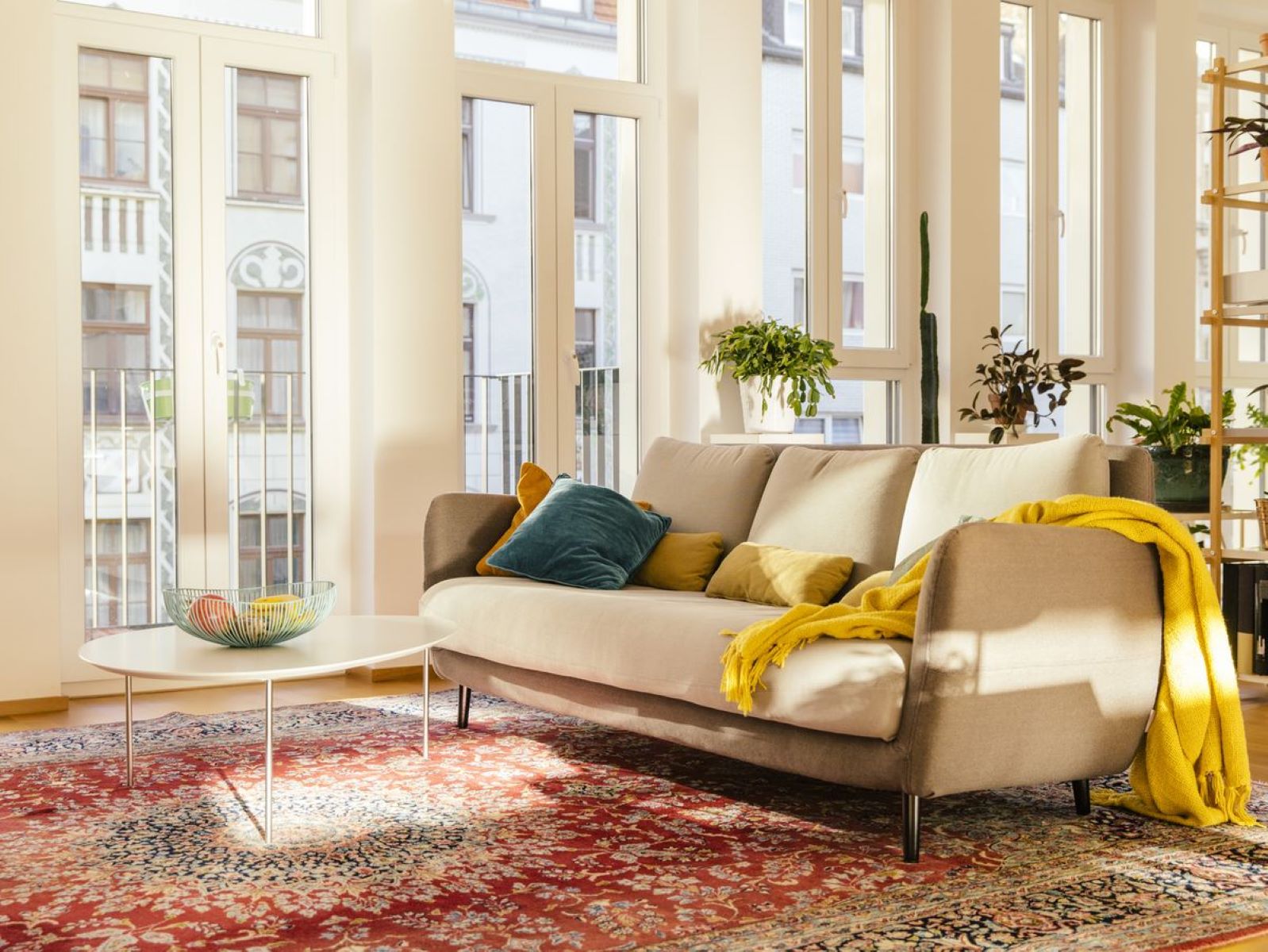
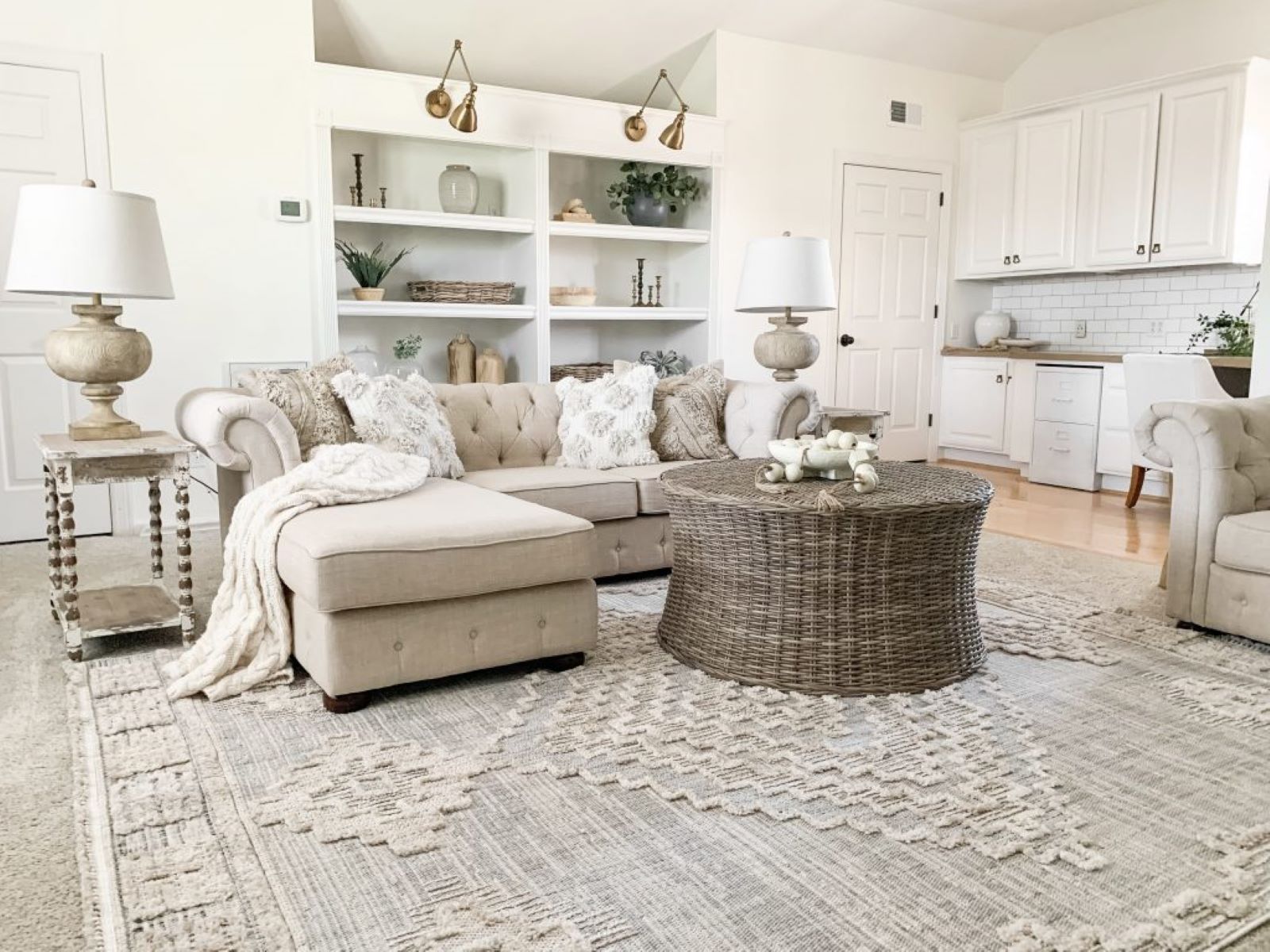
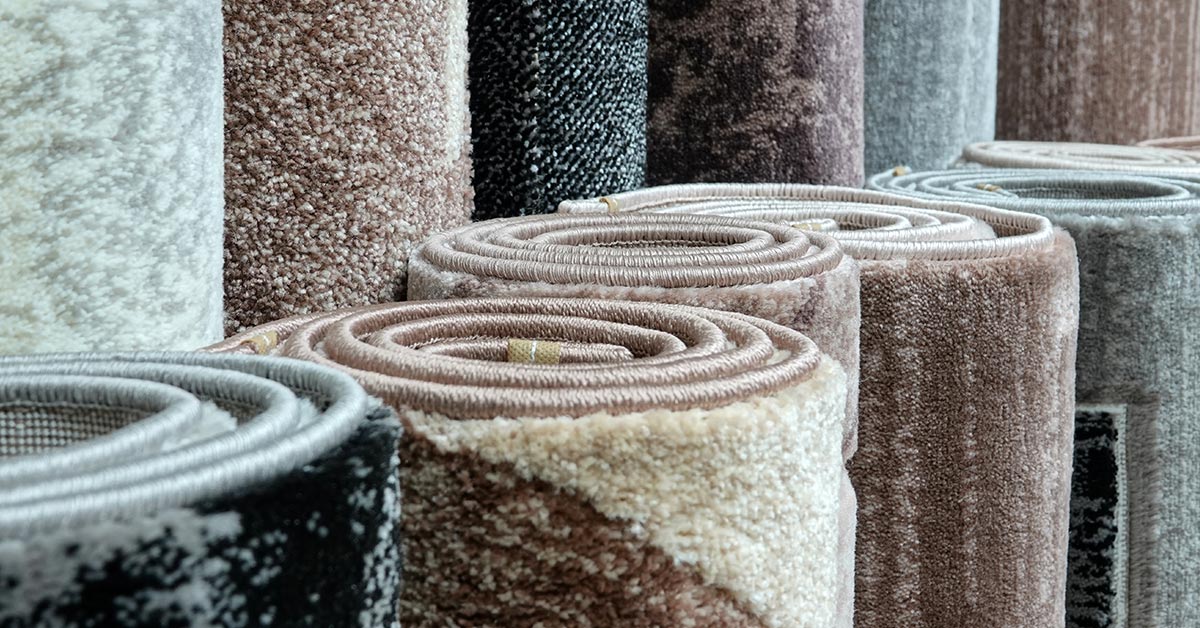
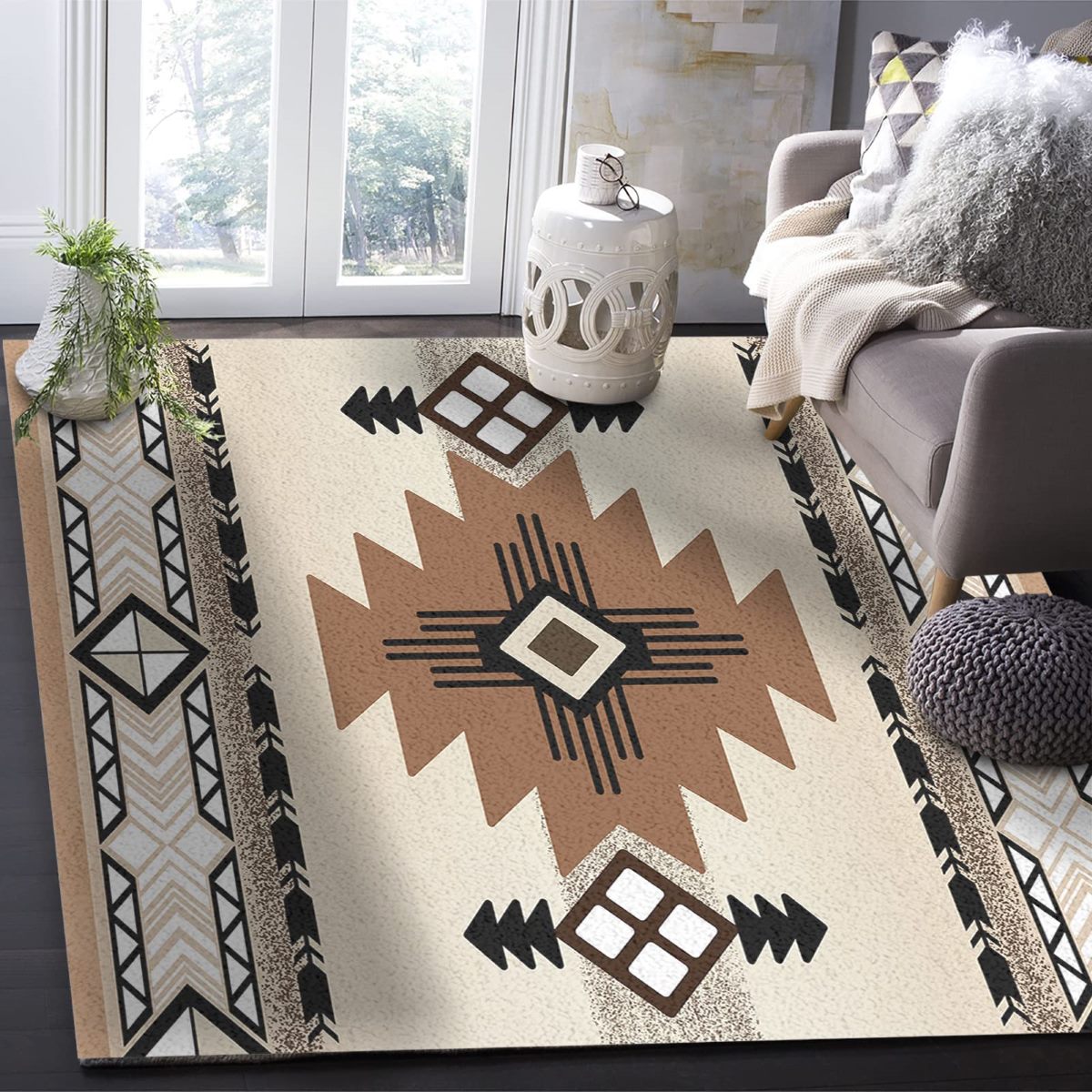
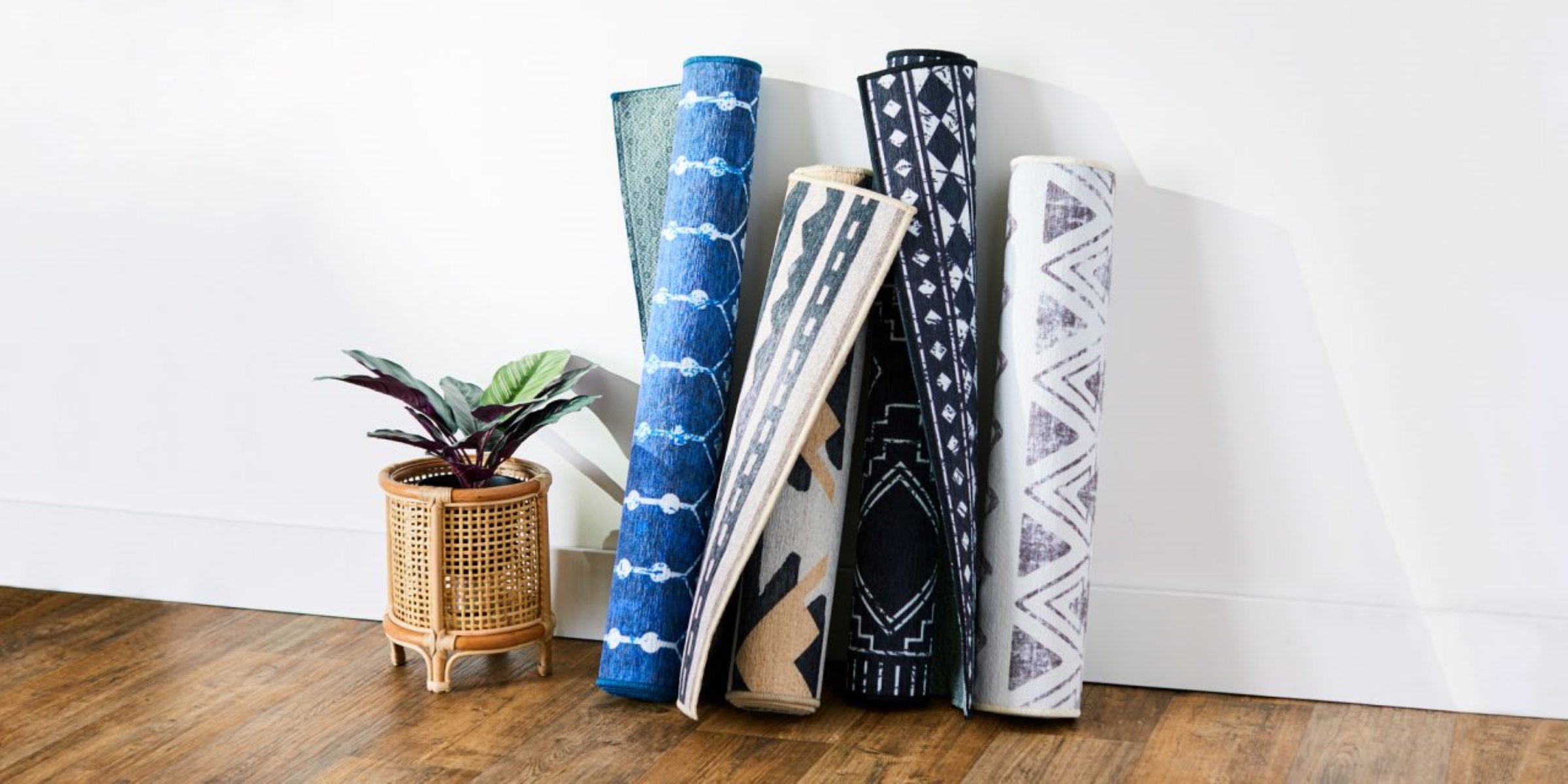
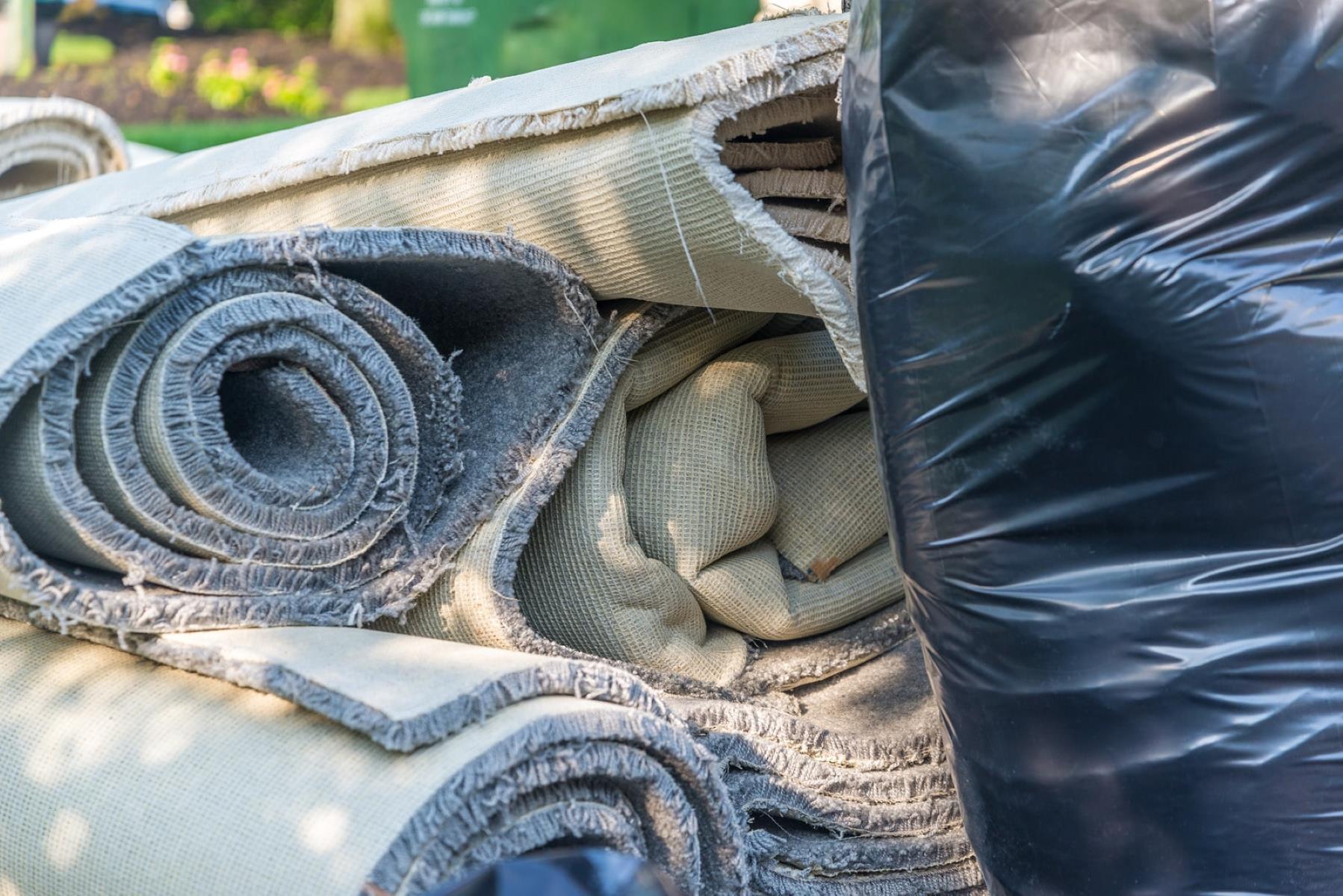
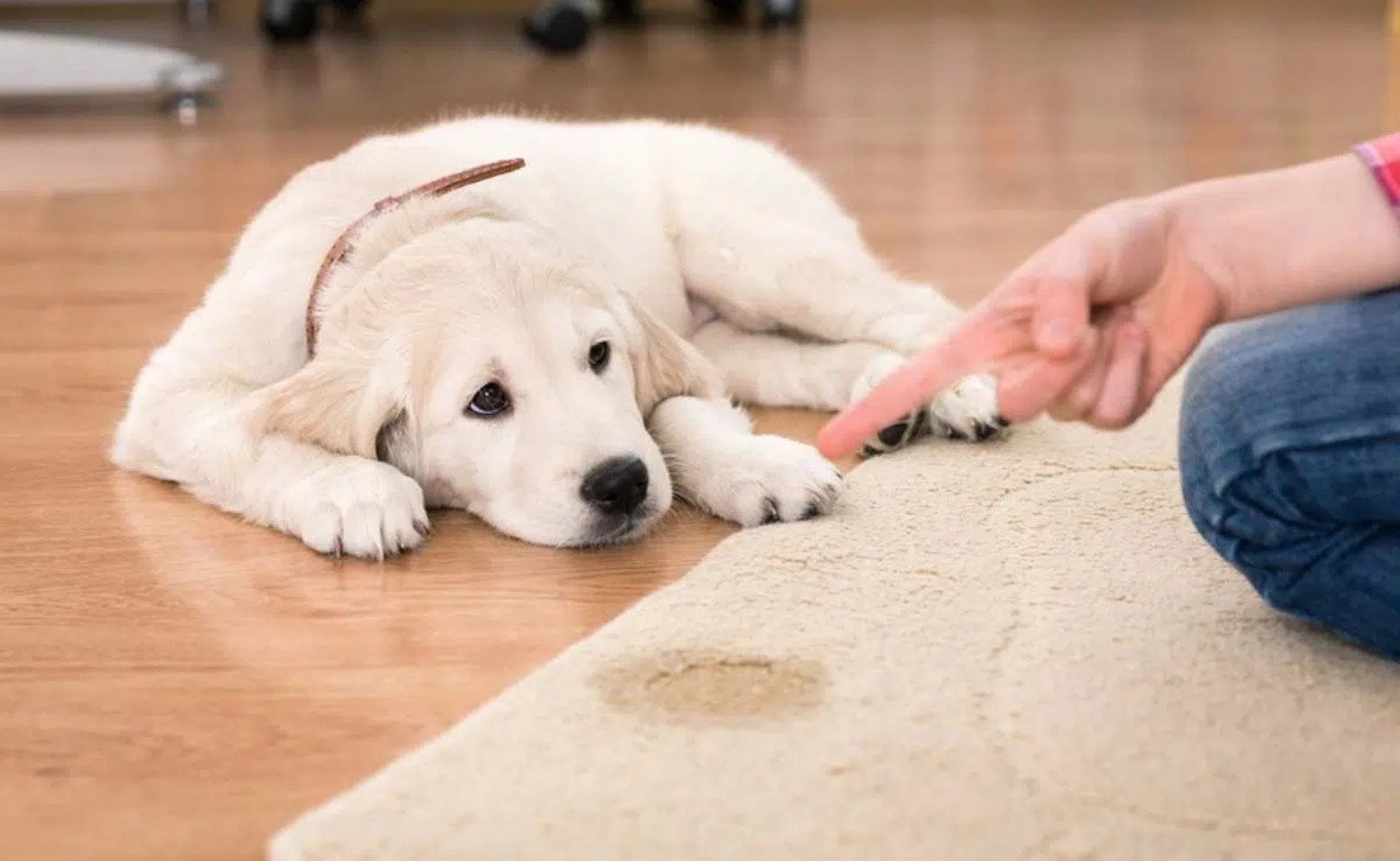
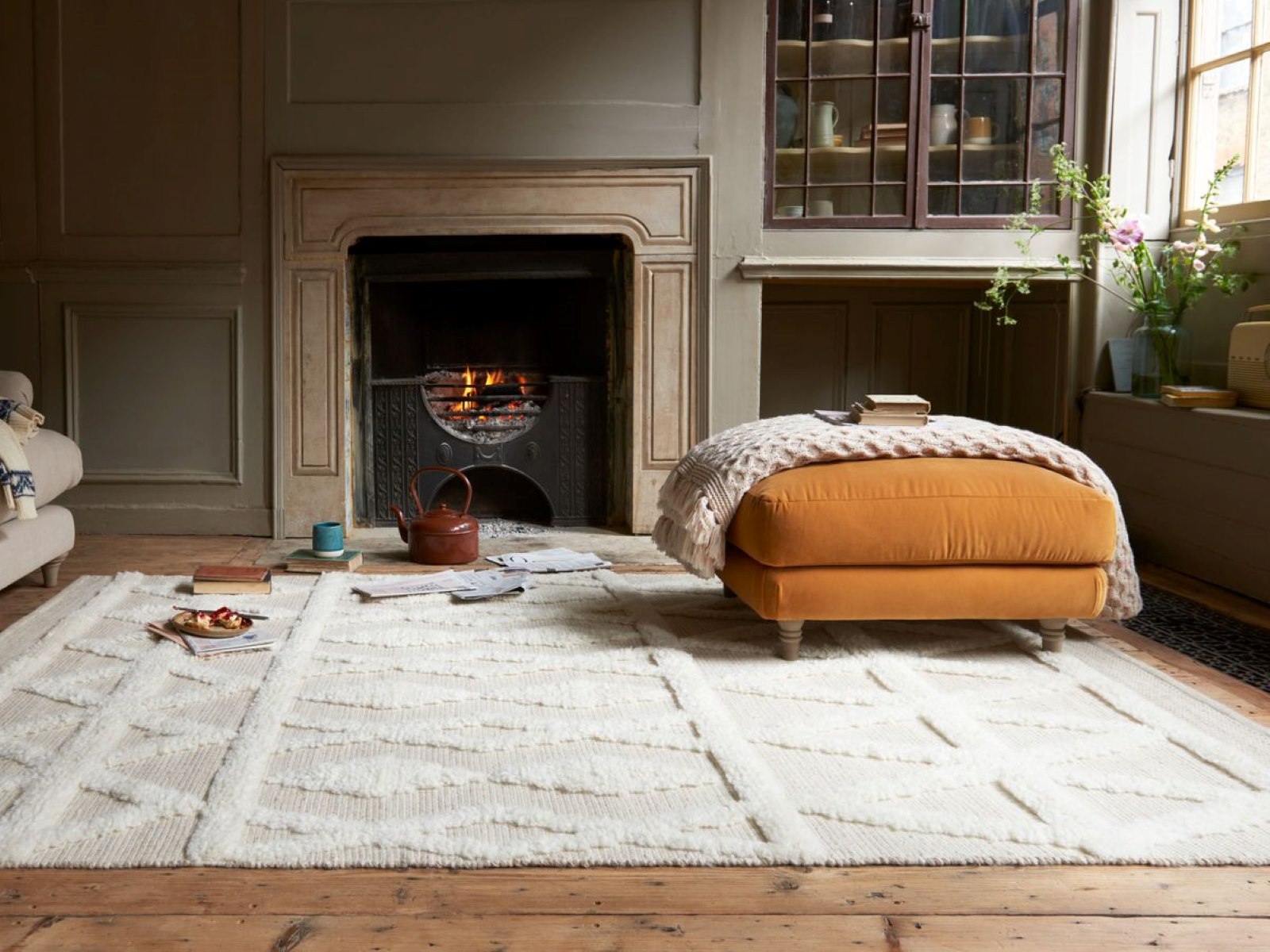
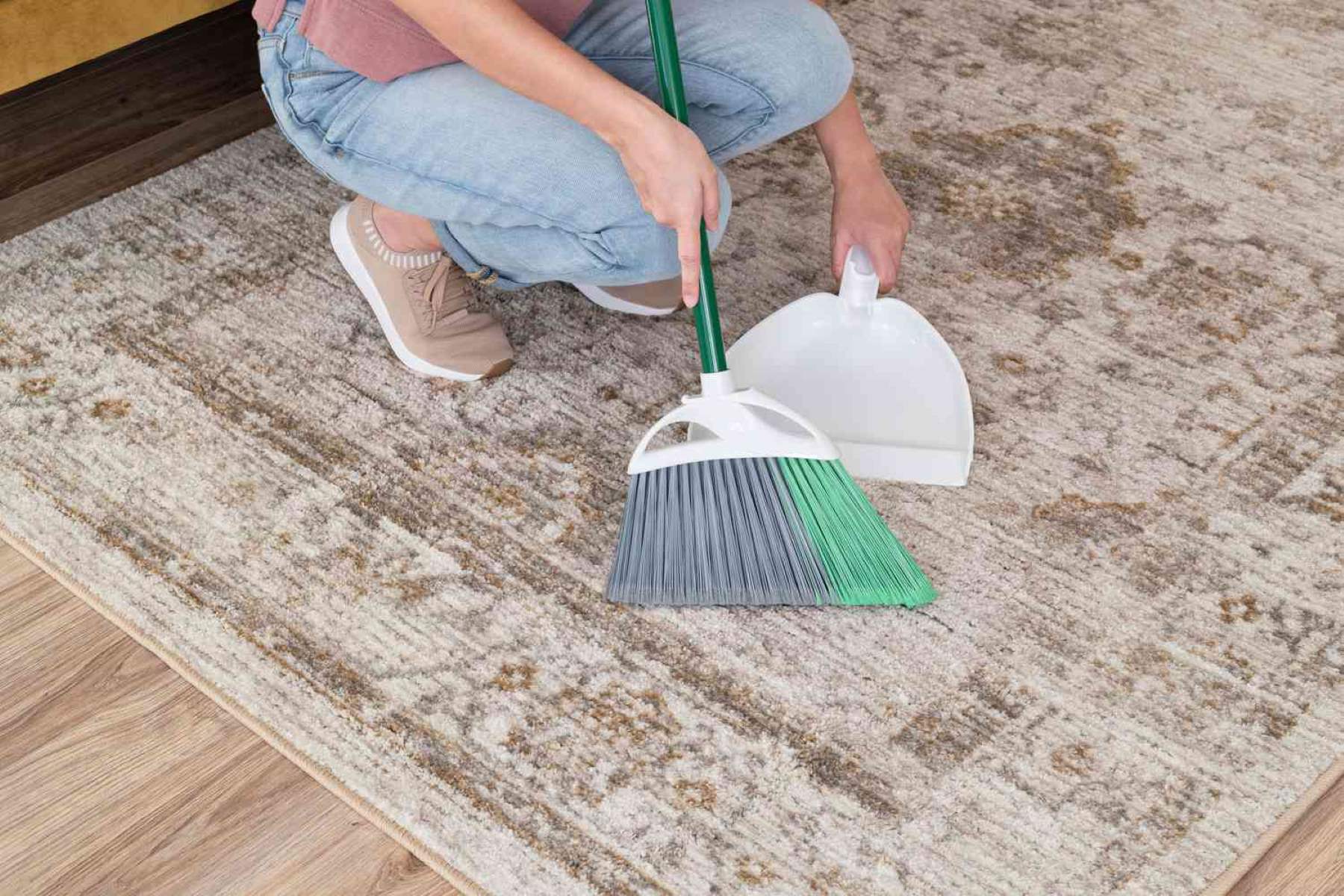
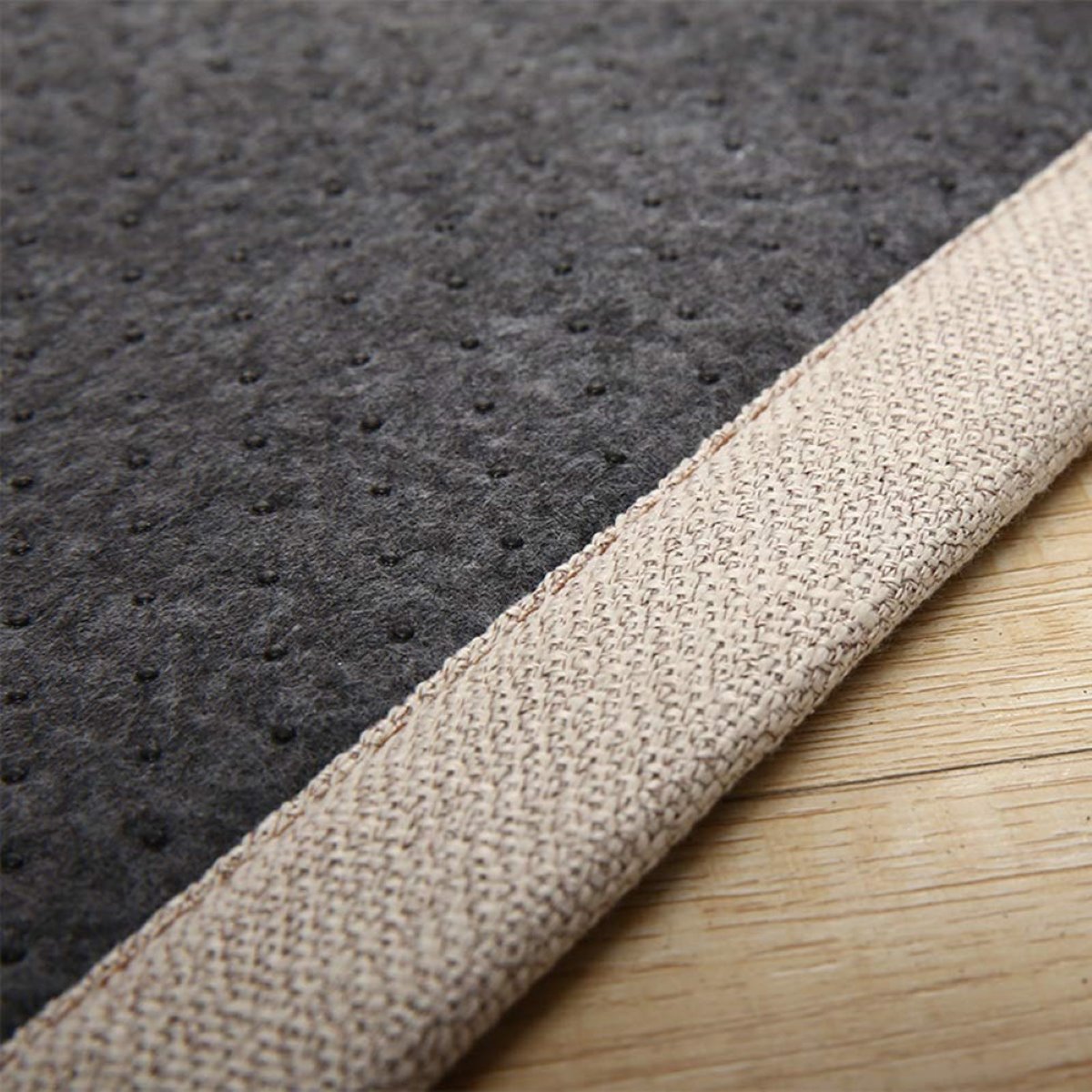
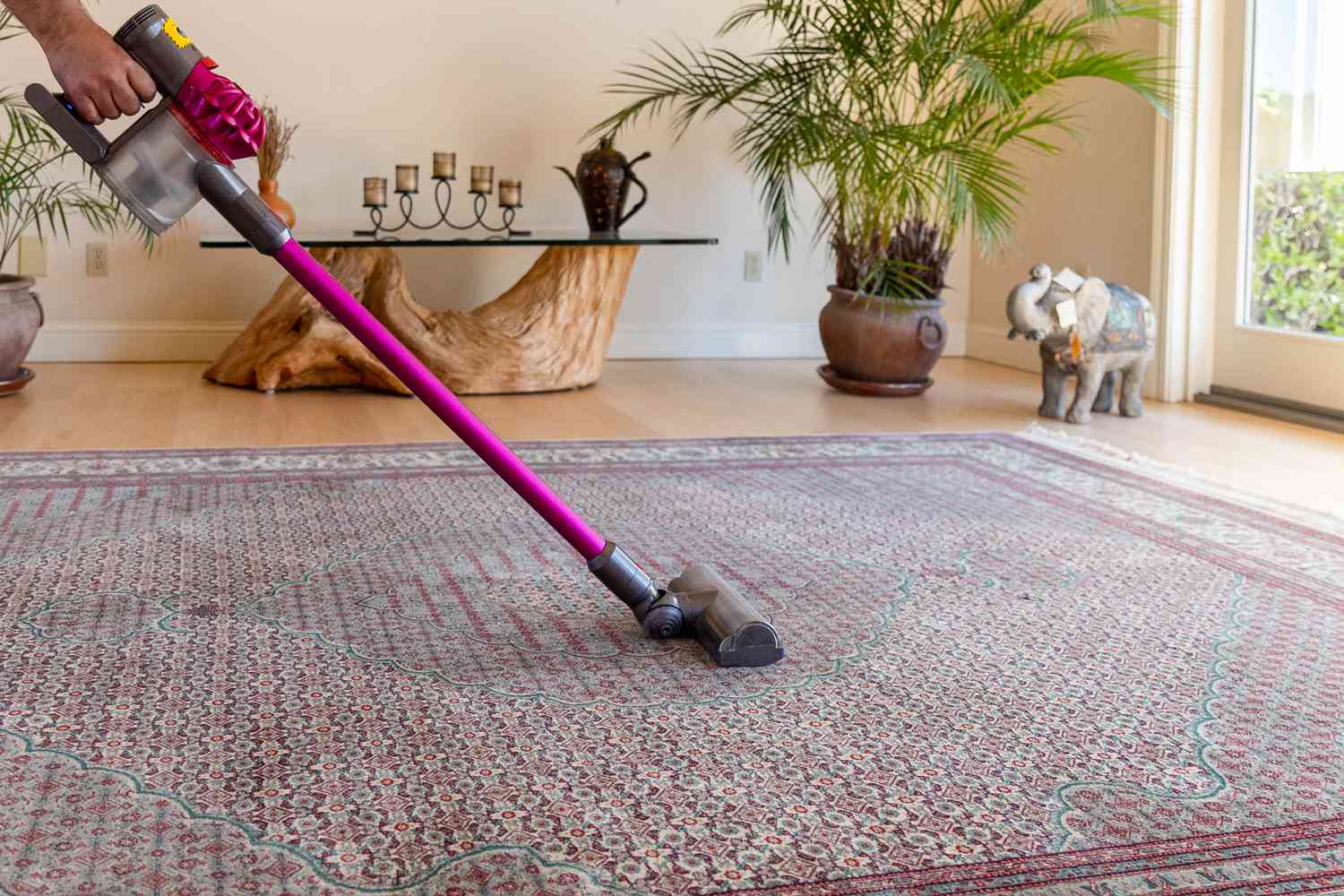
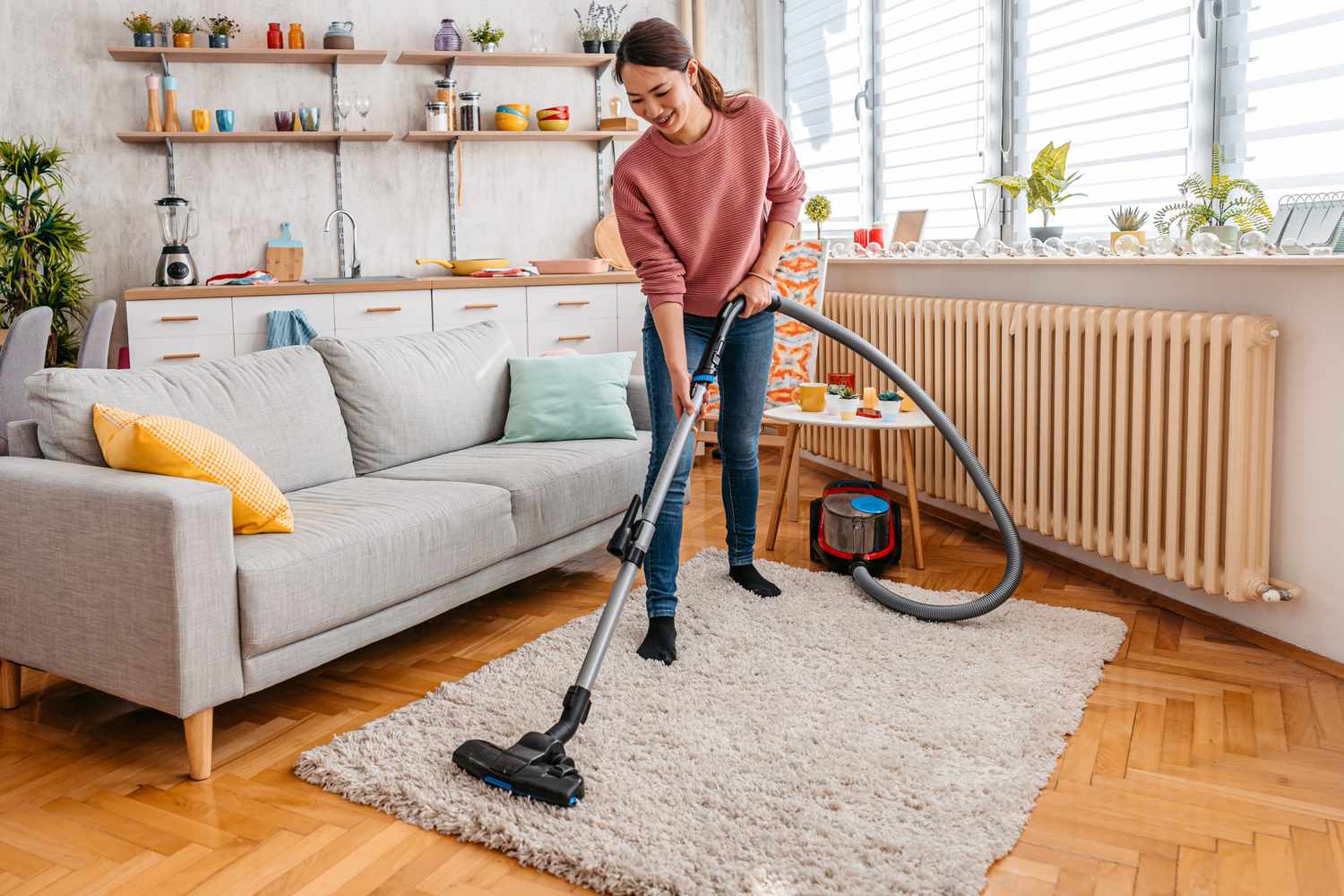

0 thoughts on “How To Get Bumps Out Of Area Rugs”